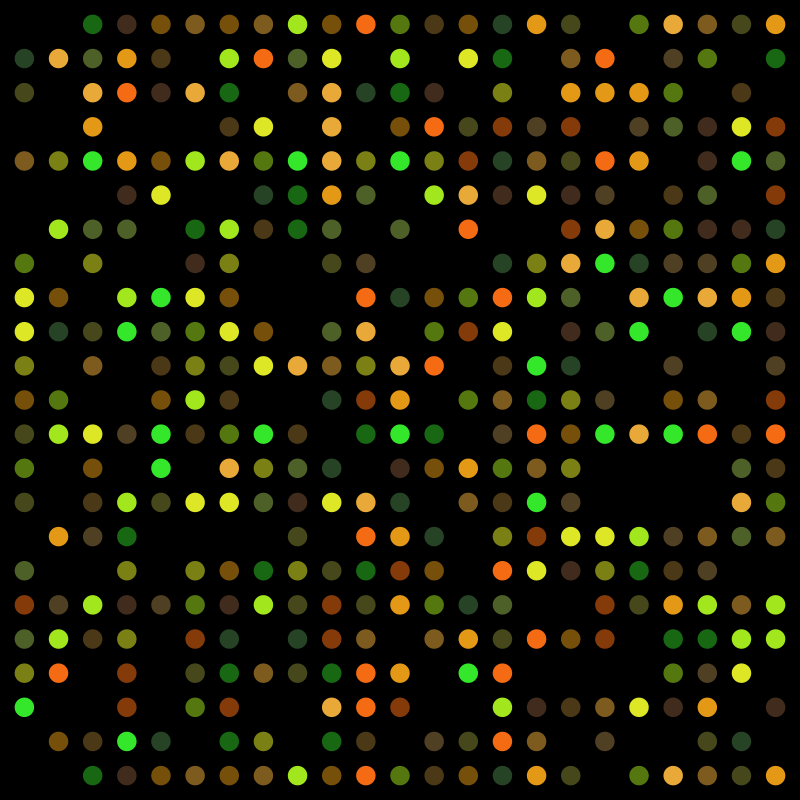The key difference between DNA and protein microarray is that DNA microarray is a collection of microscopic DNA spots attached to a solid surface like a glass slide, while protein microarray is an arrangement of purified proteins on a solid surface like a glass slide.
Microarray is a lab on a chip (LOC) device. It is a miniature, multiplex, parallel processing and detection device. It is also a two-dimensional array on a solid surface such as a glass slide or silicon thin-film cell. A microarray assays a large amount of biological material using high-throughput screening. The first microarray was the antibody chip introduced by Tse Wen Chang in 1983. The first gene chip was introduced in 1995 by Ron Davis and Pat Brown at Stanford University. Therefore, DNA and protein microarray are two types of microarray devices.
CONTENTS
1. Overview and Key Difference
2. What is DNA Microarray
3. What is Protein Microarray
4. Similarities – DNA and Protein Microarray
5. DNA vs Protein Microarray in Tabular Form
6. Summary – DNA vs Protein Microarray
What is DNA Microarray?
DNA microarray is a collection of microscopic DNA spots attached to a solid surface like a glass slide. Scientists use DNA microarray to measure the expression of a large number of genes simultaneously. It is also used to genotype multiple regions of a genome. The DNA microarray is prepared using robotic machines. These machines arrange hundreds or thousands of gene sequences (probes) on a single microscopic slide.

Figure 01: DNA Microarray
In a DNA microarray, each DNA spot contains picomoles (10−12 moles) of a specific DNA sequence. These DNA sequences are also known as probes or reporters. These probes are a short segment of DNA of a gene or other DNA element. They can hybridize with cDNA or CRNA in a sample under high stringency conditions. The fluorescently labelled sample sequences that bind to probes generate signals that depend on hybridization conditions such as temperature. Therefore, this method can be used to determine the relative abundance of nucleic acid sequences in the sample. Moreover, the DNA microarray technique is widely applied in gene expression studies, comparative genomic studies, checking contamination of food or cell cultures by pathogens, evaluating gene mutations, identifying drug candidates, genetic linkage analysis, etc.
What is Protein Microarray?
Protein microarray is an arrangement of purified proteins on a solid surface like a glass slide. It is a method used to detect the interactions and activities of proteins. It is also used to determine the functions of proteins on a large scale. The main advantage of protein microarray is that a large number of proteins can be tracked in parallel. Protein microarray is a chip that consists of a support surface like glass slide, nitrocellulose membrane, bead or microtitre plate. The capture proteins (antibodies, antigens) are bound to this solid surface. The probe molecules usually labelled with a fluorescent dye are added later to the array. The hybridization between probe and immobilized proteins emits a fluorescent signal that can be detected by a laser scanner.

Figure 02: Protein Microarray
The first protein array is an antibody microarray (antibody matrix) which was introduced in 1983. Protein microarrays are rapid, automated, highly sensitive, and economical. They also consume only a small amount of samples and reagents. Furthermore, protein microarrays are widely applied to disease diagnosis, protein functional analysis, antibody characterization, and treatment development.
What are the Similarities Between DNA and Protein Microarray?
- DNA and protein microarray are two types of microarray devices.
- Both devices are based on the hybridization principle.
- Both devices utilize probes.
- They also use fluorescence signals for detecting hybridization.
- They are both immensely helpful in disease diagnosis in medicine.
What is the Difference Between DNA and Protein Microarray?
DNA microarray is a collection of microscopic DNA spots attached to a solid surface like a glass slide. In contrast, protein microarray is an arrangement of purified proteins on a solid surface like a glass slide. So, this is the key difference between DNA and protein microarray. Furthermore, in a DNA microarray, the sample and probe are DNA sequences. On the other hand, in protein microarray, the sample and probe are proteins.
The following infographic presents the differences between DNA and protein microarray in tabular form.
Summary – DNA vs Protein Microarray
A microarray is a high-throughput and multiplex lab-on-a-chip. It is made based on the hybridization principle. DNA and protein microarray are two types of microarray devices. DNA microarray is a collection of microscopic DNA spots attached to a solid surface like a glass slide. On the other hand, protein microarray is an arrangement of purified proteins on a solid surface like a glass slide. Thus, this is the summary of the difference between DNA and protein microarray.
Reference:
1. Bumgarner, Roger. “Overview of DNA Microarrays: Types, Applications, and Their Future.” Current Protocols in Molecular Biology, U.S. National Library of Medicine.
2. Hall, David A., et al. “Protein Microarray Technology.” Mechanisms of Ageing and Development, U.S. National Library of Medicine.
Image Courtesy:
1. “DNA microarray” By Guillaume Paumier (user:guillom) – Own work (CC BY-SA 3.0) via Commons Wikimedia
2. “Protein arrays” By Philippe Hupé – Emmanuel Barillot, Laurence Calzone, Philippe Hupé, Jean-Philippe Vert, Andrei Zinovyev, Computational Systems Biology of Cancer Chapman & Hall/CRC Mathematical & Computational Biology, 2012 (CC BY-SA 3.0) via Commons Wikimedia
ncG1vNJzZmivp6x7pbXFn5yrnZ6YsqOx07CcnqZemLyue8OinZ%2Bdopq7pLGMm5ytr5Wau26wzZpkmqaUYr2zu9OeoKdlnZ6ws7vAq6masV8%3D